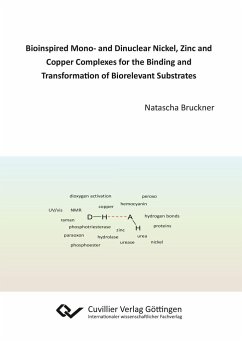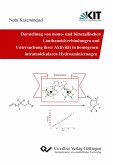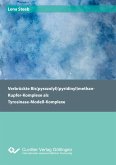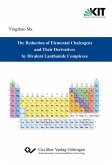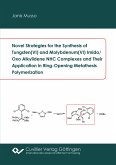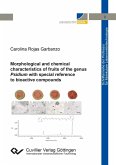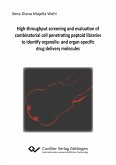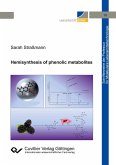The synthesis of model systems is of great interest for understanding metalloenzyme active site features, and for developing biomimetic catalysts. Compartmental ligands based on macrocyclic systems and on 3,5-disubstituted pyrazolate bridges are well suited. Especially the latter ones were generated to synthesis highly preorganised bimetallic complexes with tuneable metal¿¿¿metal separations in the range 3.5¿4.5 Å. Appending second sphere functions for H-bonding interactions may enhance, in a biomimetic approach, the activation of bound substrates or the stabilisation of catalytic intermediates. With these ligands, synthetic and functional model complexes based on the proteins urease, phosphotriesterase and hemocyanin should be synthesised and characterised on their binding properties and their abilities to transform biorelevant substrates like urea, phosphoesters and dioxygen. For their characterisation and catalytical properties several analytical methods like UV/vis, IR, NMR and resonance Raman spectroscopy as well as mass spectrometry were used.
Hinweis: Dieser Artikel kann nur an eine deutsche Lieferadresse ausgeliefert werden.
Hinweis: Dieser Artikel kann nur an eine deutsche Lieferadresse ausgeliefert werden.

